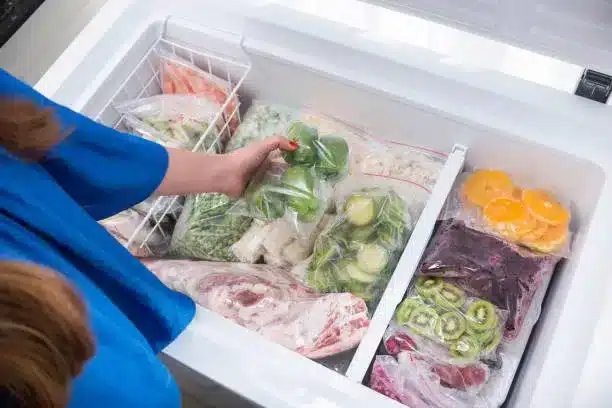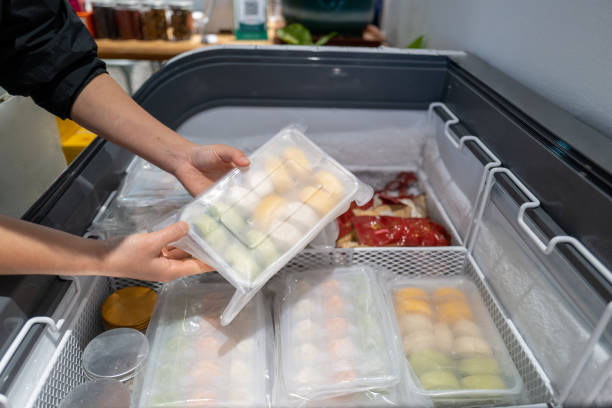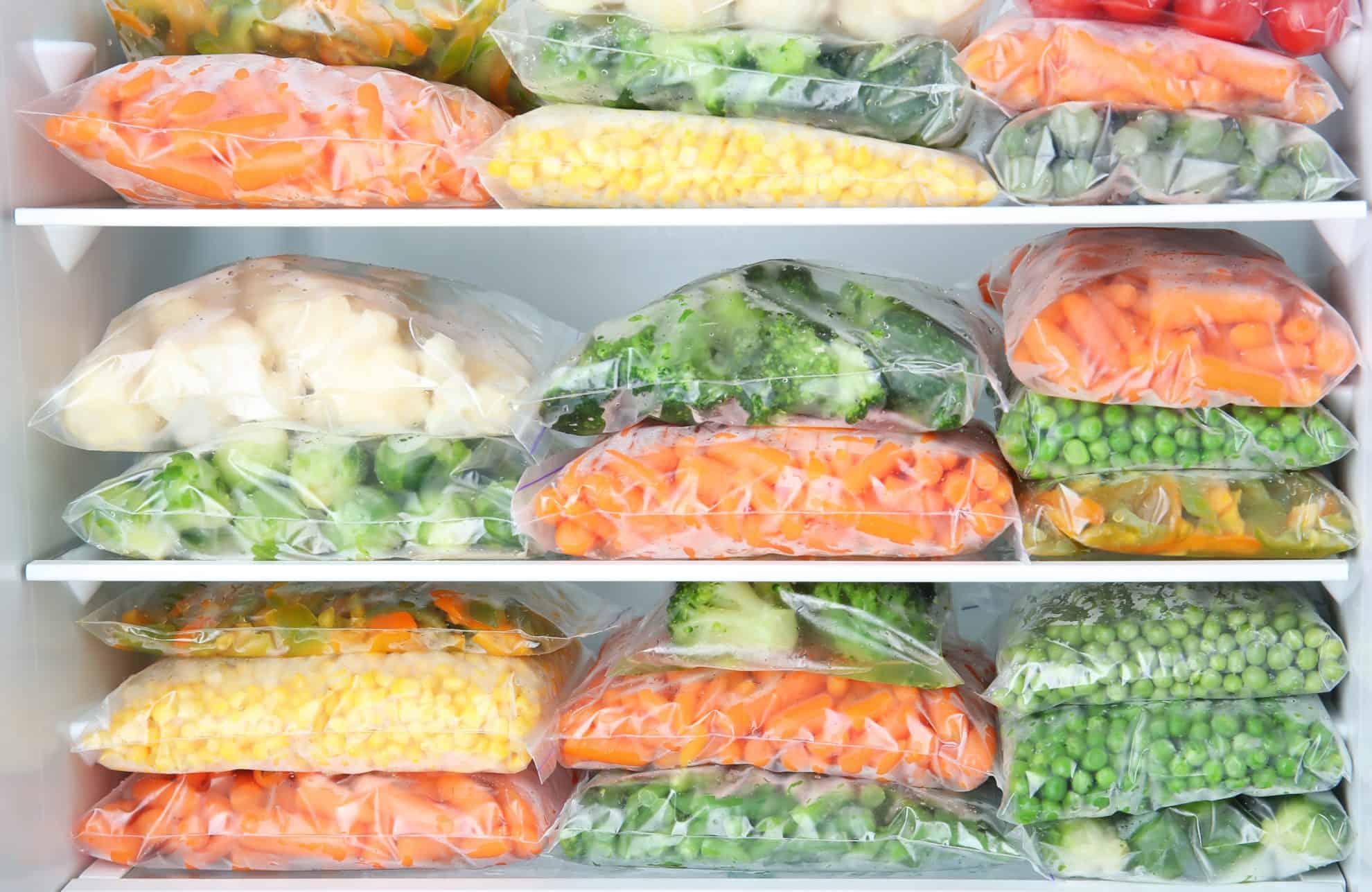
Freezing food is a common and convenient way to preserve food and extend its shelf life. Whether you buy frozen food from the store or freeze your own food at home, you might wonder how freezing affects the safety and quality of your food. Does freezing food kill bacteria? Does freezing food prevent freezer burn? Does freezing food affect its taste and texture? In this post, we’ll debunk some myths and facts about freezing food and give you some tips on how to freeze food properly and safely.
Freezing food does not kill bacteria, but it does stop them from growing and multiplying. Freezing food can also reduce the quality of your food if it is not done correctly, causing freezer burn, loss of flavor, and changes in texture.
Bacteria are microscopic organisms that can cause food spoilage and foodborne illness. Bacteria need moisture, nutrients, and warmth to grow and multiply. When you freeze food, you lower the temperature below 0°F, which stops most bacteria from growing and multiplying. However, freezing does not kill bacteria completely. Some bacteria can survive freezing temperatures and become active again when the food is thawed. Therefore, freezing food is not a reliable method to kill harmful bacteria. You still need to handle frozen food carefully and cook it thoroughly before eating it.
Some examples of bacteria that can survive freezing are:

Freezing food can also affect the quality of your food if it is not done correctly. One of the main problems that can occur when freezing food is freezer burn. Freezer burn is a condition that occurs when frozen food is exposed to air and loses moisture. This causes the food to develop dry spots or patches that look grayish-brown or white. Freezer burn does not make the food unsafe to eat, but it does affect its taste and texture. Freezer burn can make the food dry, tough, bland, or rancid.
Another problem that can occur when freezing food is loss of flavor or changes in texture. This happens when the water molecules in the food expand and form ice crystals during freezing. These ice crystals can damage the cell walls of the food and cause them to leak fluid when thawed. This can result in loss of flavor or changes in texture such as sogginess or mushiness.
To prevent or minimize these problems when freezing food, you need to follow some best practices such as:

Freezing food is a convenient way to preserve food and extend its shelf life, but it does not kill bacteria or guarantee quality. Freezing food can stop bacteria from growing and multiplying, but it does not kill them completely. Some bacteria can survive freezing and become active again when the food is thawed. Therefore, you still need to handle frozen food carefully and cook it thoroughly before eating it. Freezing food can also reduce the quality of your food if it is not done correctly, causing freezer burn, loss of flavor, and changes in texture. To prevent or minimize these problems, you need to follow some best practices such as choosing fresh and high-quality food to freeze, using proper packaging materials, removing air from the packages, leaving space between the packages, following the recommended storage times, and thawing frozen foods safely.
